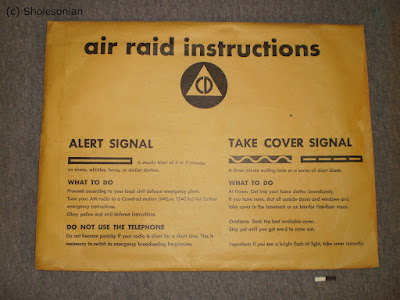FOS 021
Gastrolith
Location: Utah
Family: N/A (Trace Fossil)
As I continue to procrastinate here is an interesting specimen that looks like nothing until you realize what it is. Heralding from the Morrison Formation out in Utah (meaning this is from the Upper Jurassic: 161-145 million years ago) this is a type of trace fossil, called a gastrolith, from a dinosaur. The term gastrolith comes from Greek meaning 'stomach stone' and with good reason. Much to how many modern day birds and other animals will require swallowing stones or pebbles in order to 'chew' their food (due to lack of teeth), so did the giant sauropods of the Jurassic/Cretaceous. While they did have teeth, their function was purely to grab a hold of leaves and other vegetation and not to chew (like our front teeth) and they would swallow their meal whole, along with some rocks. These rocks would grind up the food in their stomach (or rather gizzard which is a specialized stomach of sorts) preparing it for digestion. Afterwards the stones would easily pass; as you can see they would round out in the grinding process.
While this particular specimen was probably used by a giant sauropod (the long-necked dinosaurs) it could have been from any sort of dinosaur that lacked suitable teeth for chewing. Plesiosaurs and their kin have also been known to swallow stones, but to be used as ballast rather than grinding. This means that one would swallow a few to balance them in the water much to how modern day alligators and crocodiles do today. And as it turns out the Morrison Formation where this specimen was found has a long documentation of gastroliths mostly from sauropods of the old old west. And some have even been known to actually be petrified wood. So another interesting fossil from the collection, and you can check out more about gastroliths here.
























